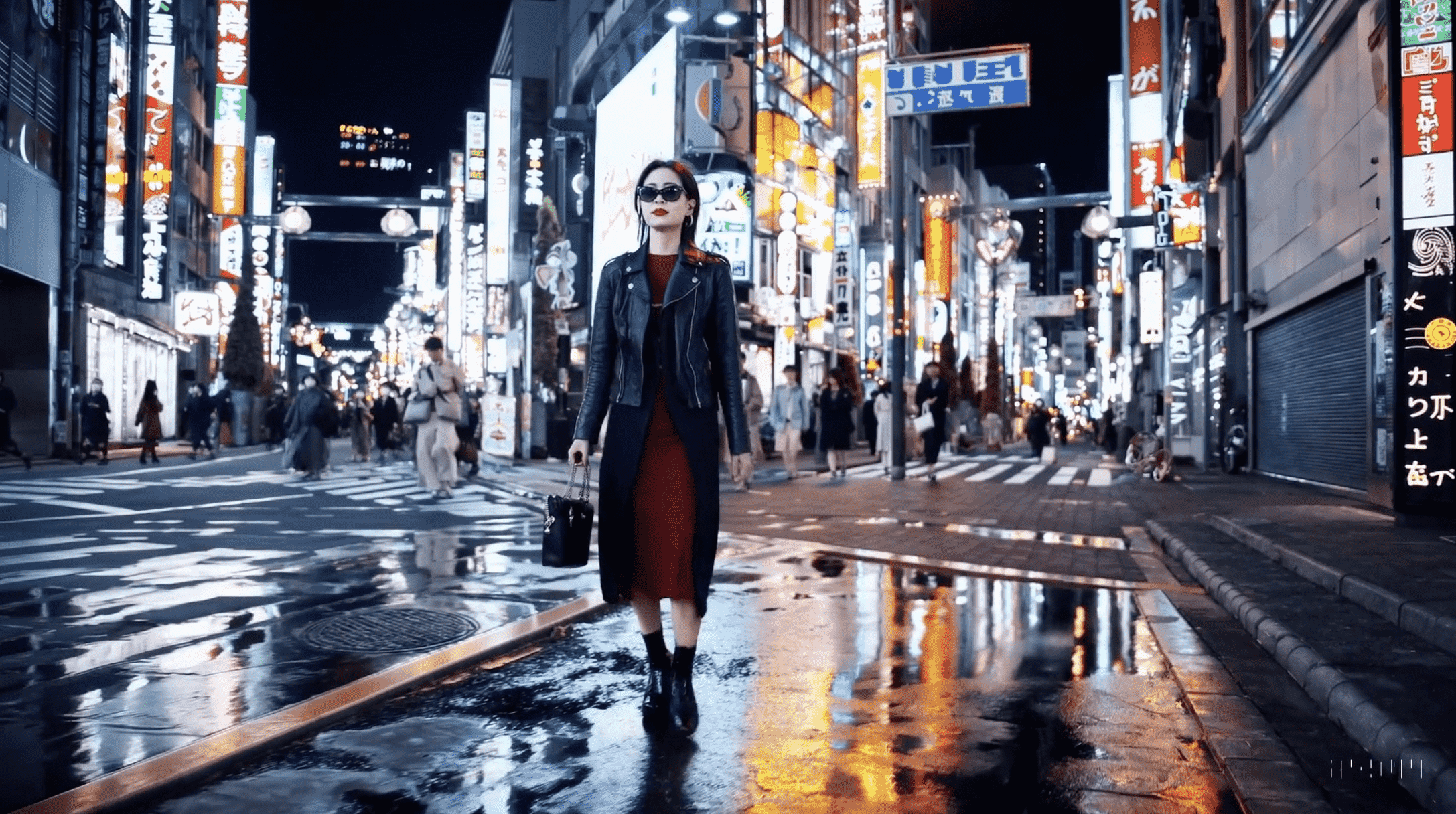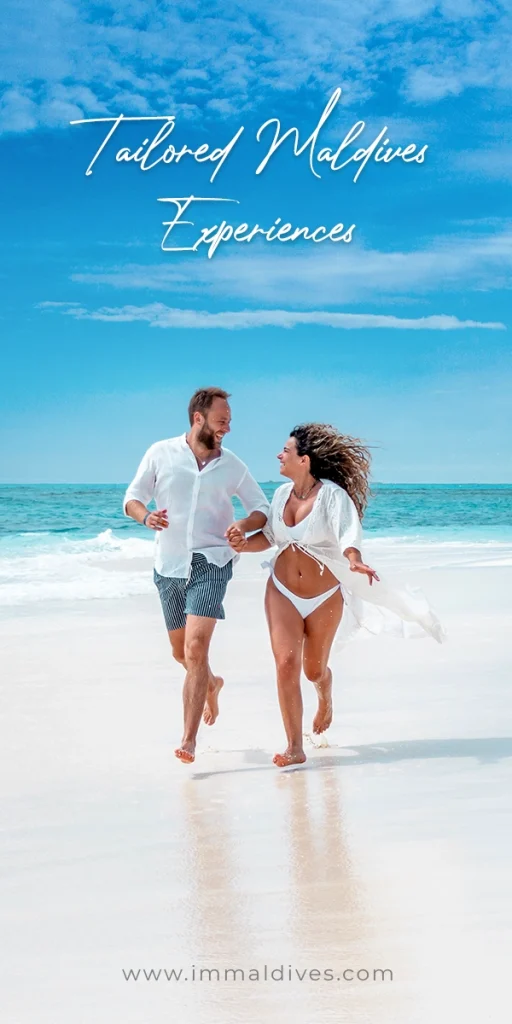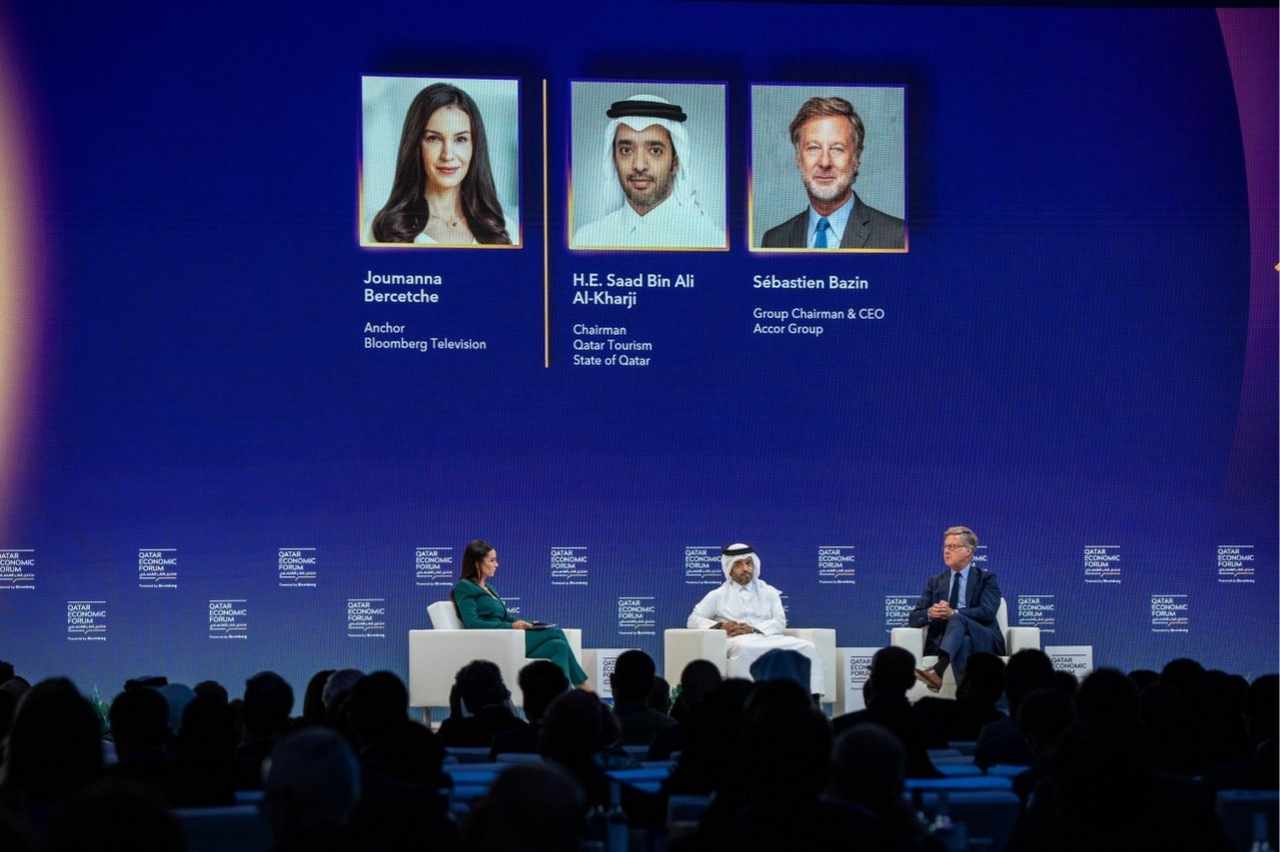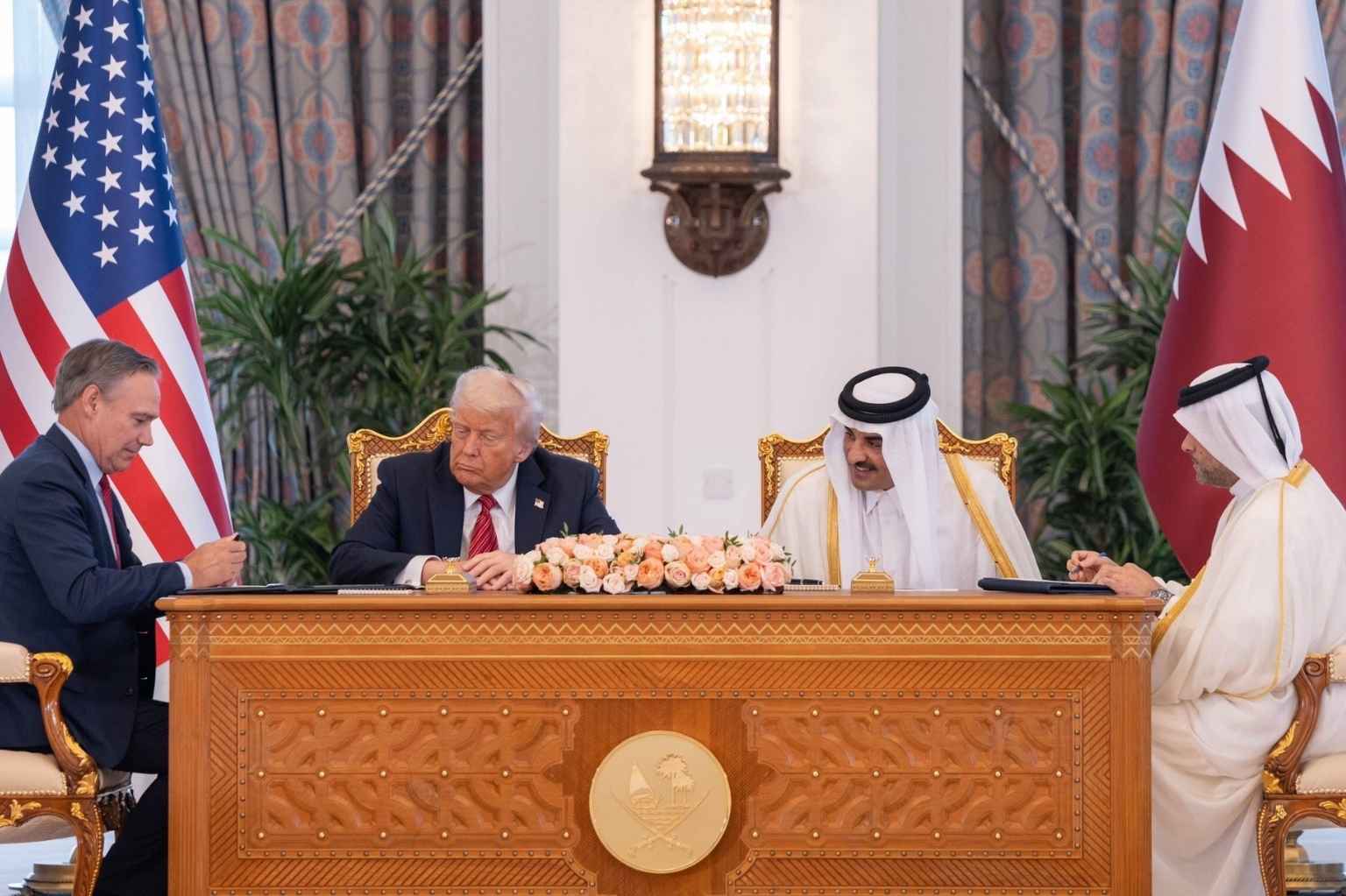In the past few years, we have seen AI go from something people used to joke about, to a technology so advanced that it’s starting to help with our day-to-day tasks. From doing assignments for Uni, or getting marketing materials for work, OpenAI has become your best friend. The latest updates in ChatGPT also allow people to AI-generate images and fully plan their trips. What takes the cake, though, is the latest Open AI tool, Sora which allows you to AI-generate videos.
On 15th February (Thursday), OpenAI introduced its latest Update Sora. Seen as a cool feature to many, and a nightmare to a large portion of the population, Sora allows you to generate hyperrealistic videos – all through AI. The text-video generation tool Sora is a major update from earlier generative models. Unlike the glitchy and grainy videos from before, Sora can generate a clear-cut video which looks extremely realistic.
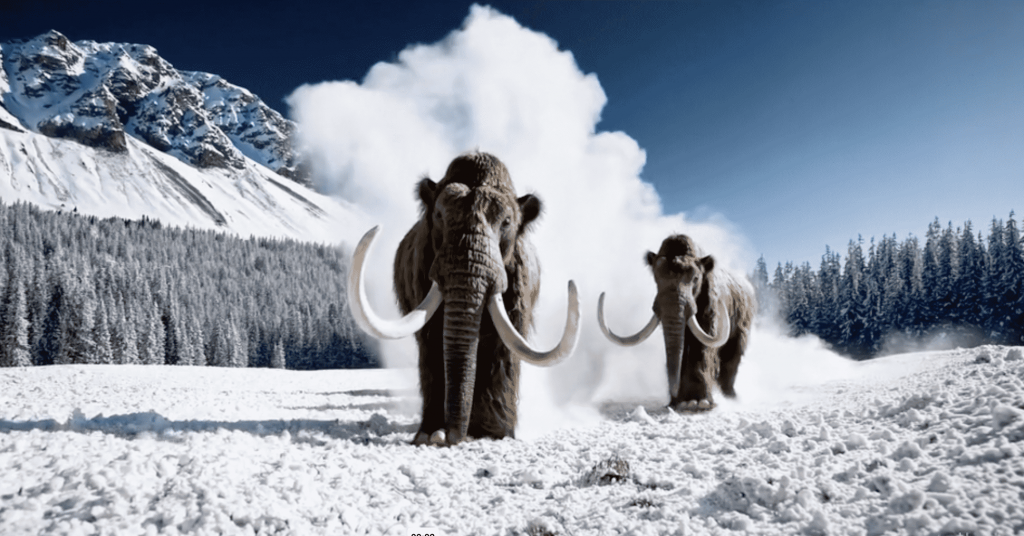
Sora requires users to input a prompt, which it then generates into a high-definition video, just like ChatGPT. As of now, Sora is able to generate videos up to 60 seconds long. What’s more impressive about Sora is its ability to handle occlusions, creating extremely detailed videos with the right prompt. While Sora still has a long way to go, the videos showcased for its teaser were impressive, to say the least.
Some of the Issues with OpenAI & Introduction of Sora

Although this is the start of something major for OpenAI, there are critics. Many of them fear that this new generation of AI might cause more trouble in this internet age. The introduction of OpenAI posed one of the biggest challenges: distinguishing between what is real and what is AI-generated. There are certain giveaways, such as hands and feet. Or certain usage of words if it’s text-based. For those unfamiliar with AI work it can be hard to differentiate between reality and AI.
With this, many fear that the internet could become a place where you can’t trust what’s in front of your eyes. Just a few weeks ago, the internet erupted into mass hysteria as fake AI images of Taylor Swift were generated. This incident really showcased how nobody is safe from being taken advantage of if the powers of AI fall into the hands of the wrong person. The incident around Taylor Swift started a mass conversation about internet safety and AI. The incident even prompted a statement from The White House.
This is, however, not the only concern around AI. Artists from all around the world expressed how AI-generated images could be ruining real art. As more and more marketing companies have started using AI-generated images, artists are also becoming concerned. People used to say AI would take over human jobs. But this is becoming a possible reality for many artists around the world.
There is no debate that AI is a powerful tool, which has challenged the way we think about creativity. However, there is also the question of where we draw the line when it comes to AI. Is it safe to give people such powerful tools, which can mimic real-life videos? We are yet to see the possibilities that Sora can accomplish after its launch and future updates.


